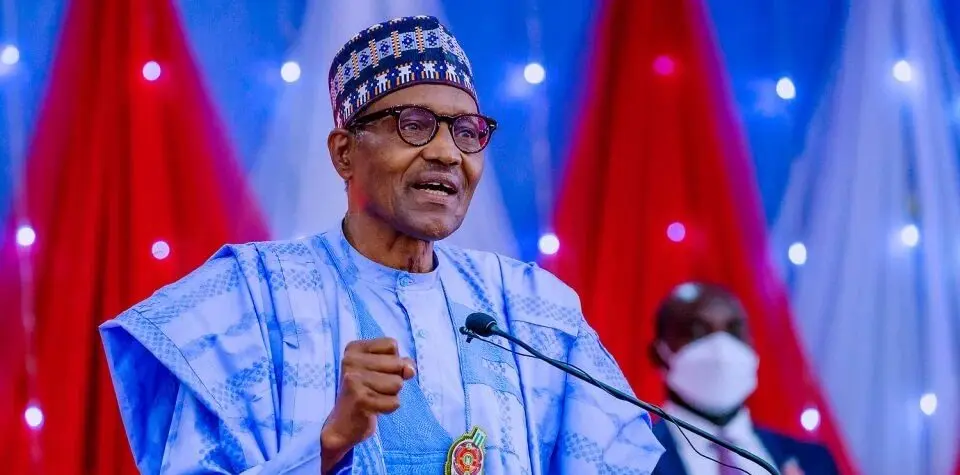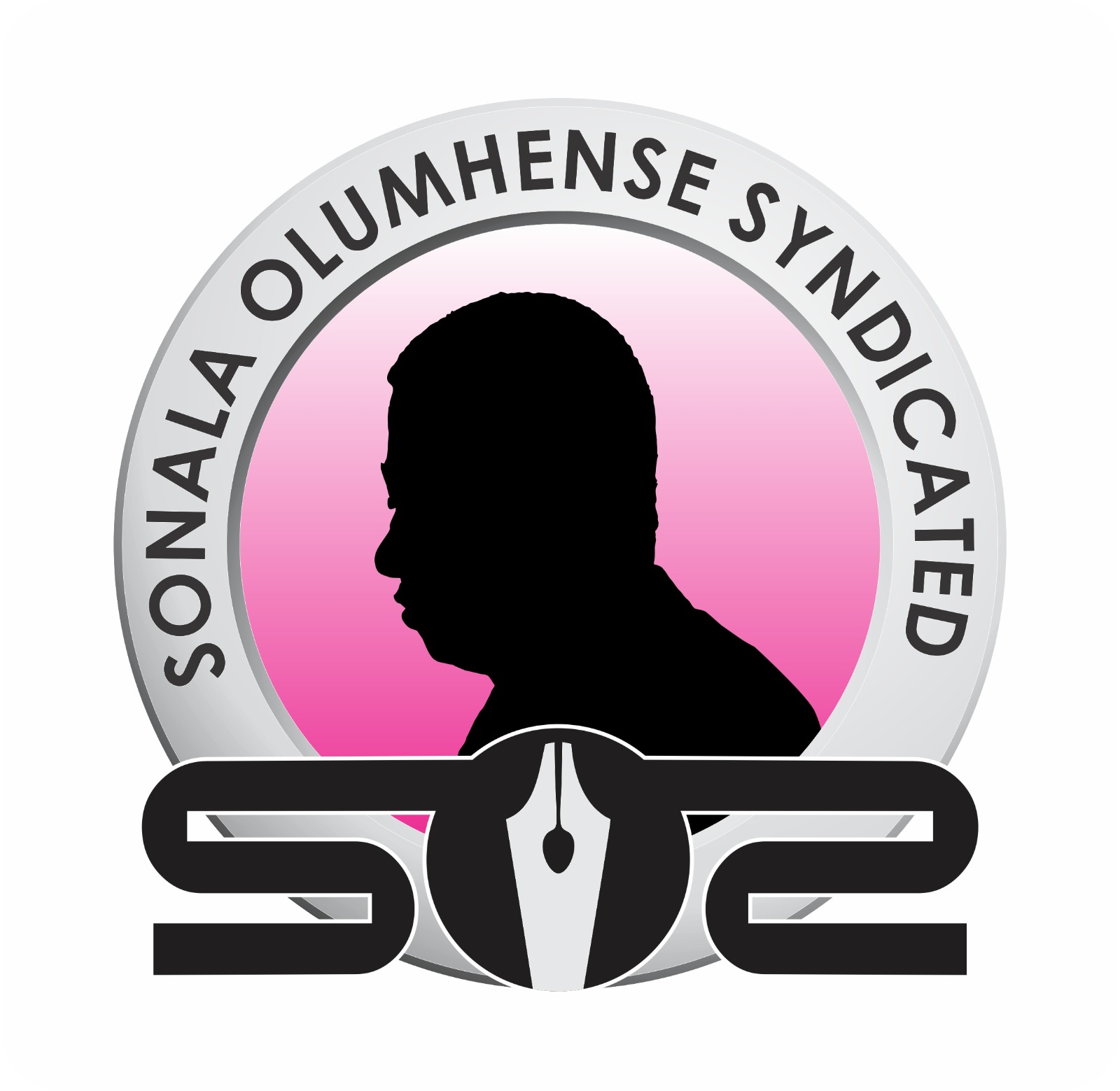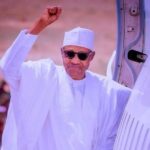This Christmas, I am happy to congratulate President Muhammadu Buhari on opening the Second Niger Bridge (SNB).
To be sure, the project is not completed, which might explain why he did not personally commission it, but the main body of work was in place by mid-December for the government to allow motorists to use it.
In the past seven and a half years, I have dismissed the colossal failure of Buhari to honour the promises by which he was elected. That has not changed.
The SNB is worthy of praise, however. The bridge has eluded many Nigerian leaders in the past four decades. In May 2007, on his way out of office, President Olusegun Obasanjo made a dubious show of commencing work on it. Buhari’s predecessor, President Goodluck Jonathan, used it routinely as an electoral campaign card, even promising to go on exile should he fail to build it.
The SNB will probably not be completed by the time Buhari leaves office five months from this week. But it is clearly a project for which he can take a bow. Along with the Lagos-Ibadan Expressway and the Abuja-Kano Road (AKR), the bridge is among key transportation infrastructure that has enjoyed local and international attention during his time.
Mercifully, only last week, Buhari launched Eyemark, which is advertised as “the easiest way to discover and track government projects anytime, anywhere in Nigeria.”
In a statement on Wednesday, Buhari said Eyemark would help to forestall the practice of abandoning projects as all stakeholders – communities, civil society organizations, contractors, ministries, departments, and agencies (MDAs), as well as citizens – would [actively] interact on it.
I gave it a try, and so should you.
My preliminary review is to congratulate Buhari for the application. It is certainly a novel—almost un-Nigerian—idea, but the launch was premature, as the information currently available on the app speaks more eloquently about the shortcomings of the government.
Eyemark is an extension of the work that Budgit has been doing for many years to boost accountability in the country. It will thrill journalists and members of the public who really want to know what projects are being done, where, when and for how much.
It is even more impressive that the public can review any projects they please. The obvious problem is that there is considerably little information, and sometimes none, on many projects. Others are at the very least confusing.
For instance, despite fund appropriation, the Project Status of a lot of the projects I examined last week was “Not Started,” with neither a start nor a completion date. That applies even to the Abuja Rail Projects despite their being advertised as “Ongoing.”
That is why a fascinating aspect of Eyemark is that the public can assess it in real time. What Abuja Rail is Eyemark talking about, for example?
Abuja residents know that following President Buhari’s commissioning of the rail service in July 2018, the US$823m project has been rotting away right in front of him. There is no Abuja train service.
As I reported recently, there are many unexplained issues relating to the completion of that rail plan. They include Phase II, for which the Buhari government in May 2017 gave a 54-month contract to CCECC worth US$1.473 billion, as announced by the CCECC parent company, China Railway Construction Company (CRCC).
The company stressed: “For the signed phase II construction of Abuja rail mass transit…the project contract amount is approximately US$1.473 billion…” It added that there were two other supply contracts of “US$194 million and US$126 million…”
I repeat: “If Phase I of this project has been abandoned and Abuja residents have enjoyed no rail service for over two years, where and why has CCECC constructed Phase II for $1.473 billion?”
And why does Eyemark contain none of this information? When will Buhari commission Phase II, how will it operate on top of the rotting Phase I, and who will maintain it?
Using Eyemark as a convenient measure, let us return to the example of the SNB, the total cost of which the app claims to be N336 billion.
Really?
When President Jonathan broke ground on the project in March 2014, aiming at completing it in 2018, the total project cost was N117bn, and his government paid N30 billion, or 25 per cent of the cost.
In January 2017, after Julius Berger had worked on the project for three years, the Buhari government gave a contract for “additional preliminary works” to the same company.
The following month, the Nigeria Sovereign Investment Agency (NSIA) announced that it would invest $760 million in the SNB. Also in May 2018, Buhari established a Presidential Infrastructure Development Fund (PIDF) to “invest in critical national infrastructure.”
Among them were the SNB, the Lagos-Ibadan Expressway, and the Abuja-Kano Road. The National Economic Council immediately gave seed funding of $650 million dollars for the PIDF, which was to be managed by the NSIA.
Two months later, in July 2018, the government awarded a contract for link roads to the bridge. “Today FEC has approved…and this contract was awarded to Julius Berger for the sum of N206 billion,” Information Minister Lai Mohammed said.
In November 2018, the government again gave Julius Berger another N206bn contract for the “main work” on the bridge, Works Minister Babatunde Fashola announced, to be funded by the PIDF and completed in 36 months.
When the United States and the Island of Jersey repatriated the sum of $308m to Nigeria early in 2020, it was also with a specific agreement: “…The government of Nigeria has committed that the assets will support and assist in expediting the construction of the three major infrastructure projects across Nigeria – namely Lagos – Ibadan expressway, Abuja – Kano express way and the second Niger bridge.”
No, I do not think that the SNB was built for N306bn. The Buhari administration must give a full account before it leaves office.
On querying Eyemark, I recommend that you avoid the Lagos-Ibadan rail. It would regale you with a long tale of irrelevant projects, none of which it claims has begun despite a massive N71.15 billion appropriated, and despite Lagos-Ibadan being completed.
Similarly, as of last week, every electricity project that I looked as was at best “ongoing;” most had not even started. This is startling when one recalls that Kaduna State governor Nasir el-Rufai early in 2020 declared the power sector to be “broken,” the federal government having fruitlessly squandered N1.7 trillion in just three years.
And remember the 2044.1km Port Harcourt-Maiduguri rail (or eastern railway corridor) which the government began to construct earlier in 2022? At that time, Minister of Transportation Rotimi Amaechi said the project would be completed before Buhari leaves office.
Last week, Mu’azu Sambo, who replaced Amaechi, told us what we already suspected: that will not happen [because] there are no “foreign loans” for it.
Eyemark does not even capture the eastern railway let alone the spaghetti of public relations rail projects the Buhari government dazzled Nigerian ears with.
Translation: completion of the SNB is but an anomaly. This is the very reason why Eyemark itself will conveniently disappear soon.
Merry Christmas.
[I welcome public response, in 100 words or fewer, to this column.]
This column welcomes rebuttals from interested government officials.
- [email protected]
- @Sonala.Olumhense


 Join Daily Trust WhatsApp Community For Quick Access To News and Happenings Around You.
Join Daily Trust WhatsApp Community For Quick Access To News and Happenings Around You.

